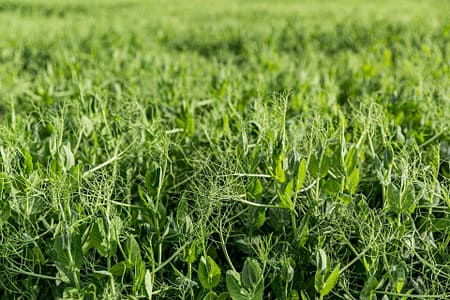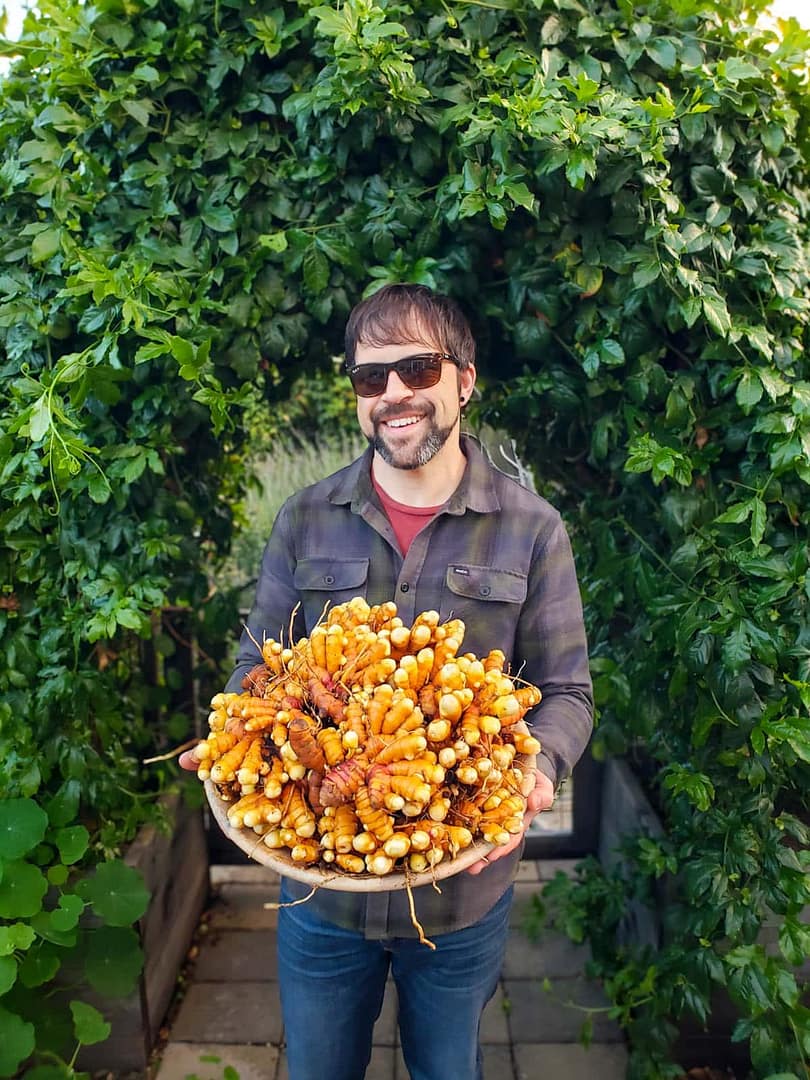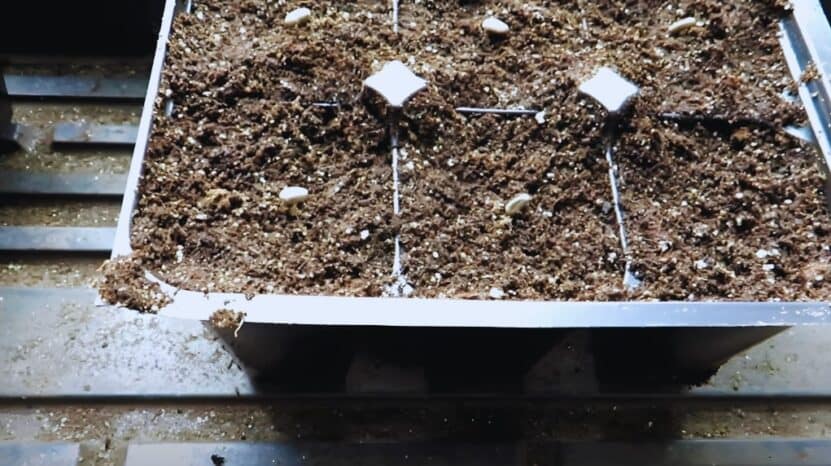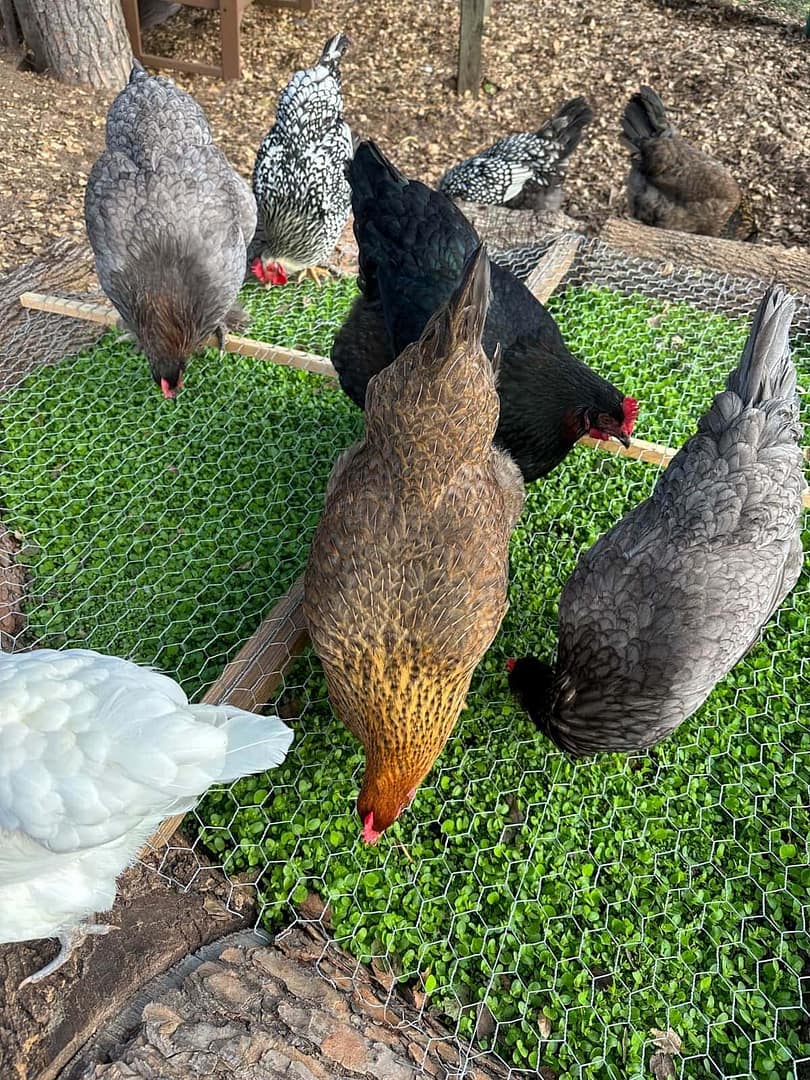
The Benefits of Cover Crops for Soil Health and Nutrient Management
Cover crops play a vital role in sustainable agriculture by providing a myriad of benefits for soil health and nutrient management. As a fundamental part of regenerative farming practices, cover crops offer solutions to enhance soil fertility, structure, and overall ecosystem health. Understanding the significance of cover crops in agricultural systems is crucial for promoting long-term sustainability and resilience in the face of modern farming challenges. This article explores the various advantages of integrating cover crops into farming practices, highlighting their contributions to soil health improvement and nutrient management strategies.
Introduction to Cover Crops
Definition and Purpose of Cover Crops
Picture this: cover crops are like a cozy blanket for your soil. They are plants grown not for harvest, but to cover and protect the soil. Cover crops help prevent erosion, suppress weeds, and improve soil health by adding nutrients and organic matter.
Historical Context and Evolution of Cover Crop Use
Cover crops aren’t some new-fangled trend – they’ve been around for centuries! Farmers have been sowing cover crops like clover and vetch since ancient times to rejuvenate tired soils. Their popularity has grown as we recognize the many benefits they bring to our agricultural practices.
Improving Soil Health with Cover Crops
Enhanced Soil Structure and Aggregation
Think of cover crops as the soil’s personal trainers. They help improve soil structure and prevent compaction by sending roots deep into the earth. This enhances water infiltration, aeration, and nutrient uptake, making the soil a happy and healthy place for plants to thrive.
Increased Microbial Activity and Biodiversity
Cover crops are like a soil spa day for microbes – they provide a cozy habitat and a buffet of plant residues to feast on. This boosts microbial activity, improving nutrient cycling and enhancing biodiversity underground. A diverse soil ecosystem means a resilient and nutrient-rich environment for your crops.
Nutrient Management Benefits of Cover Crops
Nitrogen Fixation and Recycling
Cover crops are nature’s nitrogen fixers. Legumes like clover and peas have a superpower – they can take nitrogen from the air and convert it into a plant-friendly form. When these cover crops decompose, they release this nitrogen back into the soil, acting as natural fertilizers for the next crop in line.
Reduced Nutrient Leaching and Erosion
Cover crops are the soil’s bodyguards, protecting it from nutrient wash-off and erosion. Their dense root systems anchor the soil in place, preventing precious nutrients from leaching into water bodies. By keeping nutrients where they belong, cover crops help maintain soil fertility and reduce environmental pollution.
Enhancing Soil Structure and Fertility
Promoting Water Infiltration and Retention
Cover crops are like soil sponges – they soak up rainwater and prevent it from running off, promoting water infiltration and retention. By improving water-holding capacity, cover crops help drought-proof your soil and ensure plants have access to moisture when they need it most.
Adding Organic Matter and Improving Soil Health
Cover crops are the ultimate soil health boosters. As they grow and decompose, cover crops add organic matter to the soil, enriching its nutrient content and enhancing its structure. This organic matter acts as a buffet for soil organisms, promoting a thriving underground community that works wonders for plant growth.
Cover Crops as a Sustainable Farming Practice
Cover crops are like the MVPs of sustainable farming, helping to reduce the reliance on synthetic inputs and pesticides. By planting cover crops, farmers can naturally improve soil health and decrease the need for chemical fertilizers.
Reduced Dependency on Synthetic Inputs
Cover crops are like the low-maintenance friends in your life that always have your back. They can fix nitrogen in the soil, suppress weeds, and prevent erosion, reducing the need for expensive synthetic fertilizers and herbicides. Plus, they attract beneficial insects, creating a balanced ecosystem that boosts crop productivity.
Mitigating Environmental Impact and Climate Resilience
In a world where climate change is the ultimate foe, cover crops step up as the unsung heroes. Their deep roots improve soil structure, increase water infiltration, and reduce runoff, protecting water quality and mitigating the impact of extreme weather events. Think of them as the natural armor that shields your soil from the elements.
Case Studies and Success Stories
From small-scale organic farms to large conventional operations, cover crops have proven their worth time and time again. These success stories showcase the diverse ways cover crops can be integrated into farming systems to bring about tangible benefits for both the environment and the bottom line.
Examples of Cover Crop Integration in Diverse Farming Systems
Whether it’s using cover crops as living mulch in orchards, intercropping them with cash crops, or incorporating them into crop rotations, farmers are getting creative with cover crop integration. These real-life examples demonstrate the versatility and effectiveness of cover crops across different farming systems.
Measuring and Demonstrating the Benefits of Cover Crops
Numbers don’t lie, and when it comes to cover crops, the data speaks volumes. Studies have shown that cover crops can improve soil health, increase yields, and reduce nutrient leaching. By measuring and documenting these benefits, farmers can make a strong case for the long-term value of cover crop adoption.
Tips for Effective Cover Crop Selection and Management
Choosing the right cover crop and managing it effectively can make all the difference in reaping the rewards of this sustainable practice. From selecting the appropriate species to implementing best practices for planting and termination, here are some key tips to help you make the most of your cover cropping endeavors.
Factors to Consider When Choosing Cover Crop Species
Not all cover crops are created equal, and selecting the right species for your specific goals and conditions is crucial. Consider factors such as climate, soil type, planting season, and desired benefits (like nitrogen fixation or weed suppression) when choosing cover crops to ensure they are the perfect match for your farm.
Best Practices for Planting, Growing, and Terminating Cover Crops
Like any good crop, cover crops need proper care and attention to thrive. From seed placement and seeding rates to managing growth and terminating cover crops at the right time, following best practices is key to maximizing their effectiveness. Remember, cover crops are like that reliable friend – treat them well, and they’ll have your back when you need them most! In conclusion, the benefits of cover crops for soil health and nutrient management are undeniable, offering a natural and sustainable solution for farmers seeking to improve the health of their land while enhancing productivity. By incorporating cover crops into agricultural practices, farmers can effectively reduce erosion, enhance soil fertility, and promote overall ecosystem balance. Embracing the use of cover crops not only benefits the environment but also supports the long-term viability of farming operations. With continued education and implementation, cover crops will continue to play a crucial role in fostering healthy soils and sustainable food production for generations to come.
Frequently Asked Questions (FAQ)
What are cover crops, and why are they important for soil health?
Cover crops are plants grown primarily to benefit the soil rather than for harvest. They help improve soil health by reducing erosion, increasing organic matter, enhancing soil structure, and promoting biodiversity.
How do cover crops contribute to nutrient management on farms?
Cover crops play a crucial role in nutrient management by cycling and recycling nutrients, particularly nitrogen, in the soil. They can reduce nutrient leaching, improve soil fertility, and help farmers reduce their reliance on synthetic fertilizers.
Can cover crops be integrated into different types of farming systems?
Yes, cover crops can be effectively integrated into a wide range of farming systems, including conventional, organic, and sustainable agriculture. The key is to select cover crop species that align with the specific goals and conditions of each farming operation.
What are some common challenges associated with using cover crops, and how can they be addressed?
Common challenges with cover crops include timing issues, competition with cash crops, and management complexities. These challenges can be addressed through proper planning, selection of appropriate cover crop species, and implementation of effective management practices tailored to the specific farm environment.




